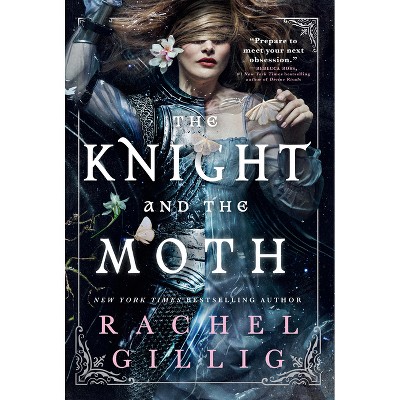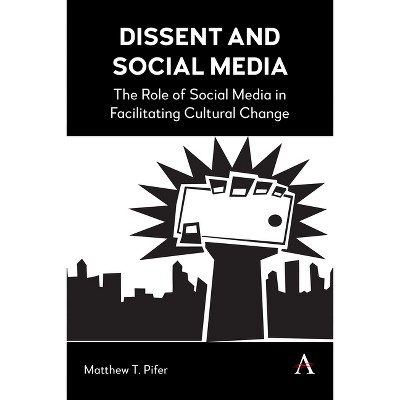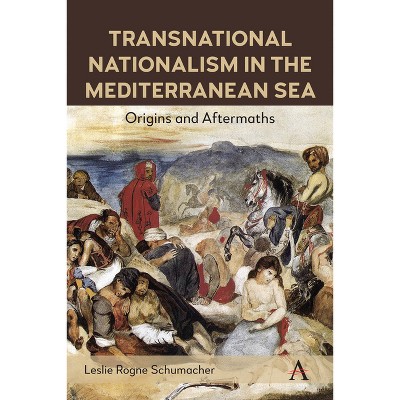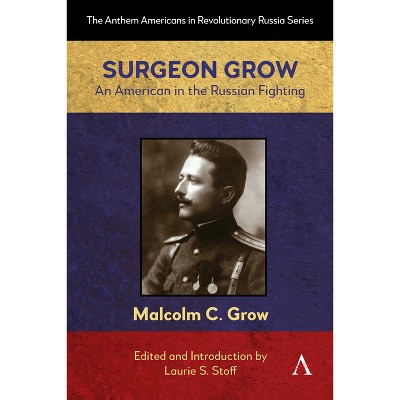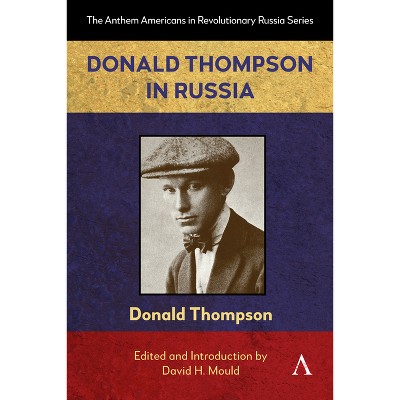Sponsored

Learning with Ludwig - by Matthew Brown (Paperback)
Pre-order
Sponsored
About this item
Highlights
- Explores how Beethoven's iconic "Ode to Joy" theme and the finale of his Ninth Symphony encapsulate a masterclass in tonal composition, grounded in his rigorous training and deep theoretical knowledge.
- About the Author: Born in London, Matthew Brown is a British American musicologist who specializes in tonal theory and the music of Claude Debussy.
- 100 Pages
- Music, History & Criticism
Description
About the Book
Beethoven's Freude theme--or "Ode to Joy"--is perhaps the most iconic melody ever created. This book sets out to show why the Freude theme has acquired this almost mythic status and what its use in the finale of the Ninth Symphony reveals about the mechanics of tonal composition.
Book Synopsis
Explores how Beethoven's iconic "Ode to Joy" theme and the finale of his Ninth Symphony encapsulate a masterclass in tonal composition, grounded in his rigorous training and deep theoretical knowledge.
First performed two hundred years ago on May 7, 1824, at Vienna's Kärnthnerthor Theater, Beethoven's Freude theme--or "Ode to Joy"--is perhaps the most iconic melody ever created. This book sets out to show why the Freude theme has acquired this almost mythic status and what its use in the finale of the Ninth Symphony reveals about the mechanics of tonal composition. In particular, the book explains how the finale of the Ninth Symphony offers a crash course in music theory. That course covers everything from the basics of tonal voice leading and motivic development to advanced topics such as double counterpoint, canon, and ars combinatoria. Beethoven had good reason to do so: by 1824, he had not only spent the past fifty years listening, performing, and creating music, but he had also spent much of that time studying and teaching music theory. Having received early lessons from his father, Beethoven studied with Christian Gottlob Neefe during the 1780s, Joseph Haydn, Johann Georg Albrechtsberger, and others in the early to mid 1790s, and Antonio Salieri in the 1790s and early 1800s. Moreover, Beethoven not only taught a large number of students, such as Carl Czerny, Ferdinand Ries, Anton Schindler, Archduke Rudolph, Baroness Dorothea von Ertmann, Maria von Elverfeldt, and Countess Therese Brunsvik, but he also assembled an extensive library of theory treatises, including those by J. J. Fux, Johann Mattheson, C. P. E. Bach, Johann Philipp Kirnberger, Friedrich Marpurg, Joseph Riepel, Daniel Gottlob Türk, Heinrich Koch, to name but a few. To highlight Beethoven's love of music theory, this book is arranged as a series of eight lessons. The lessons support two simple claims: 1) melody is the most important component of tonal music; and 2) improvisation plays a vital role in learning how music is composed. They begin by examining the structure and genesis of the Freude theme. Next, they show how the theme is treated as a cantus firmus in Part 1 of the finale and how it is written for contrapuntal purposes in Part 2. Finally, the last two lessons focus on the role played in Beethoven's conception of the finale: the penultimate lesson discusses the two vocal cadenzas that appear near the end of Part 2, and the last lesson shows how the overall form of the finale was inspired by that of improvised keyboard fantasies.
About the Author
Born in London, Matthew Brown is a British American musicologist who specializes in tonal theory and the music of Claude Debussy. He is currently Professor of Music Theory at the Eastman School of Music in Rochester, NY.
Shipping details
Return details
Trending Book Pre-Orders


